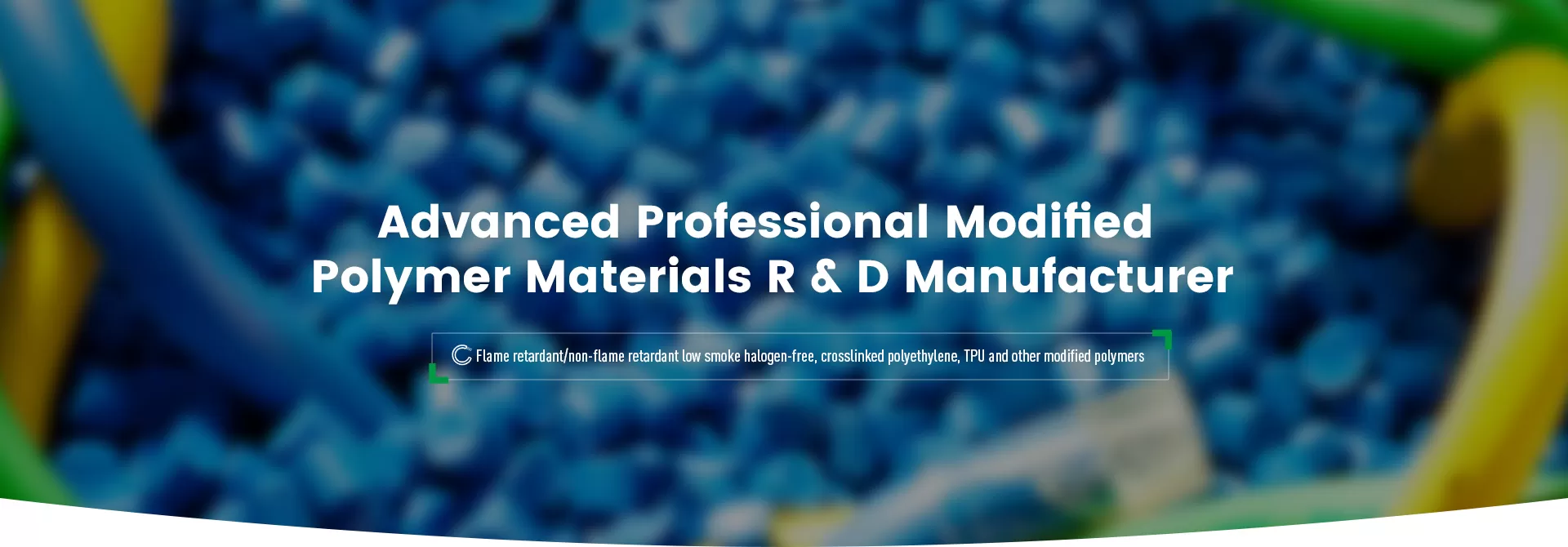
Thermoplastic Polyurethane (TPU), a polymer that combines elasticity and mechanical strength, is widely used across various industries due to its outstanding abrasion resistance, flexibility, and thermal stability. In applications where strict temperature control or significant thermal fluctuations are involved, TPU heat resistance becomes a notable technical advantage. This article explores the practical performance of TPU under high-temperature conditions in several key industries.
In electrical control systems, robotic cables, and new energy vehicle charging infrastructures, cable sheathing materials must not only withstand mechanical wear but also operate reliably under elevated temperatures. TPU offers the following advantages in these scenarios:
Long-Term Thermal Stability: Maintains structural integrity at temperatures around 80°C;
Strong Short-Term Heat Resistance: Can endure peak temperatures up to 120°C;
Excellent Safety Profile: Emits no harmful substances even under heat, offering a more eco-friendly alternative to PVC or traditional rubber;
Durable Mechanical Performance: Retains flexibility and tear resistance at high temperatures.
These attributes make TPU an ideal material for demanding applications in smart manufacturing, power grid systems, and rail transportation.
In the automotive sector—especially in the powertrain and underbody areas—components are exposed to prolonged heat radiation and intense vibration. TPU applications in this field have evolved from conventional interior use to more complex thermal zone components, such as:
Connectors in air ducts and turbocharger systems;
Sealing rings and valve gaskets in fuel systems;
Protective sleeves and cable conduits for automotive sensors.
Thanks to its thermal stability, TPU resists melting, hardening, or deforming under frequent temperature fluctuations. Its superior oil and chemical resistance further meets the stringent material demands within engine compartments.
TPU is increasingly used in consumer electronics and health-related sports equipment. As products trend toward lighter and more comfortable designs, TPU offers an optimal material balance:
Skin-Friendly Contact: Excellent biocompatibility and softness;
Thermal Response Stability: Maintains shape and flexibility at body temperature (~37°C);
High Aesthetic Durability: Resistant to discoloration and deformation in sweaty or humid environments.
Common applications include smart band housings, watch straps, cushioned shoe midsoles, and high-end sports protectors. These use cases demand both heat resistance and softness—criteria TPU consistently meets.
In medical device and lab equipment manufacturing, materials must endure high-temperature steam sterilization (e.g., 121°C for 15 minutes) without physical degradation or the release of harmful substances. Medical-grade TPU is favored due to:
High-Temperature Endurance: Capable of repeated steam sterilization;
Dimensional Stability: Minimal shrinkage or expansion, ensuring reliable seals and fittings;
Non-Toxic and Environmentally Friendly: Free from phthalates, lead, and other harmful chemicals; compliant with RoHS and USP standards.
Typical products include medical catheters, respiratory connectors, and lab-grade fluid transfer tubing. TPU ensures stable operation in high-temperature, high-humidity, and high-frequency sterilization environments.
TPU heat resistance is more than just a material property—it is a critical factor in ensuring reliability and safety across demanding operating conditions. From industrial control systems to automotive thermal components, from wearable devices to medical consumables, TPU continues to expand its application scope through superior thermal performance.
Looking ahead, as high-performance TPU modification technologies evolve—such as high-temperature-resistant ester-based TPUs and halogen-free flame-retardant TPU formulations—TPU’s thermal resistance capabilities will reach new heights, enabling more advanced, rigorous, and eco-conscious material solutions across industries.